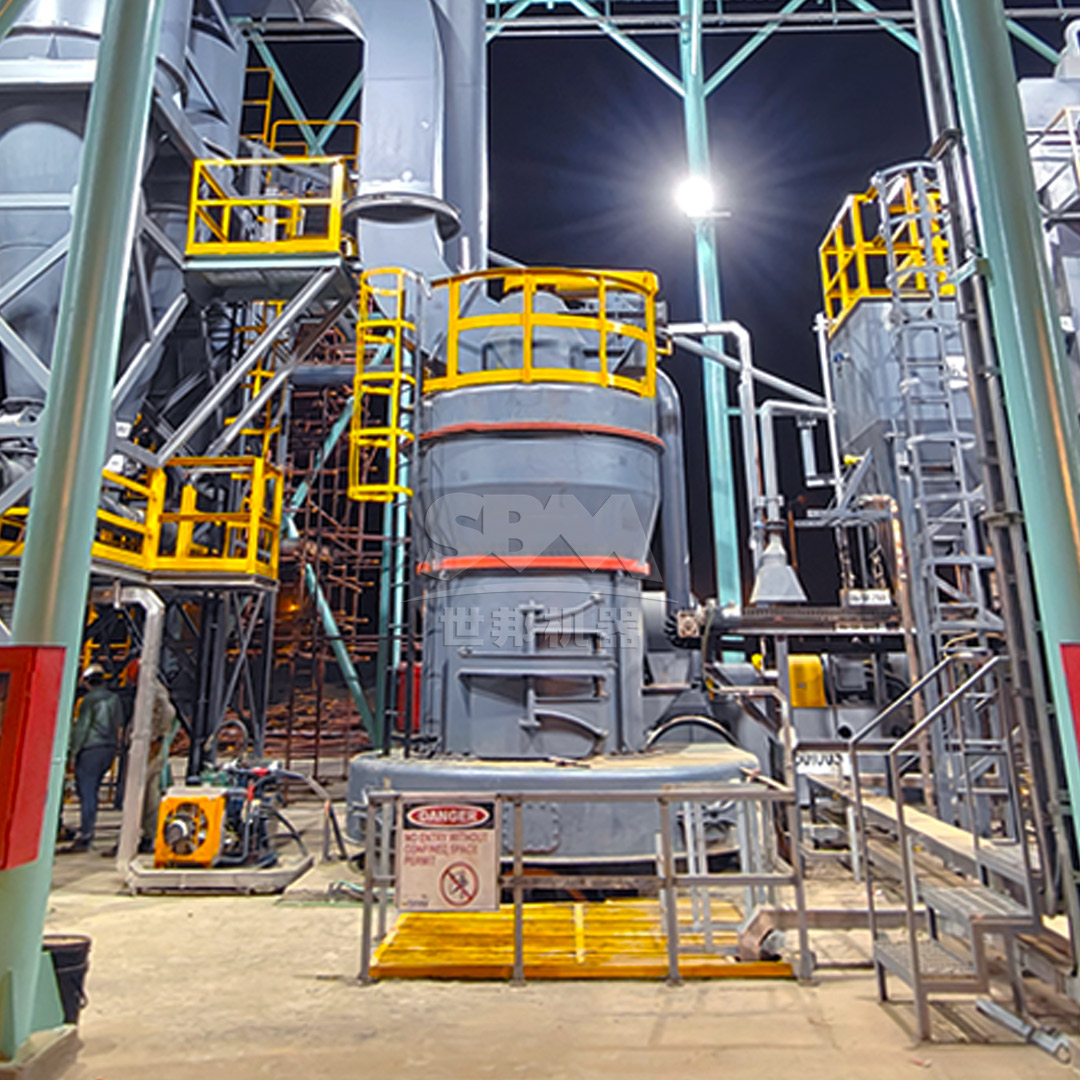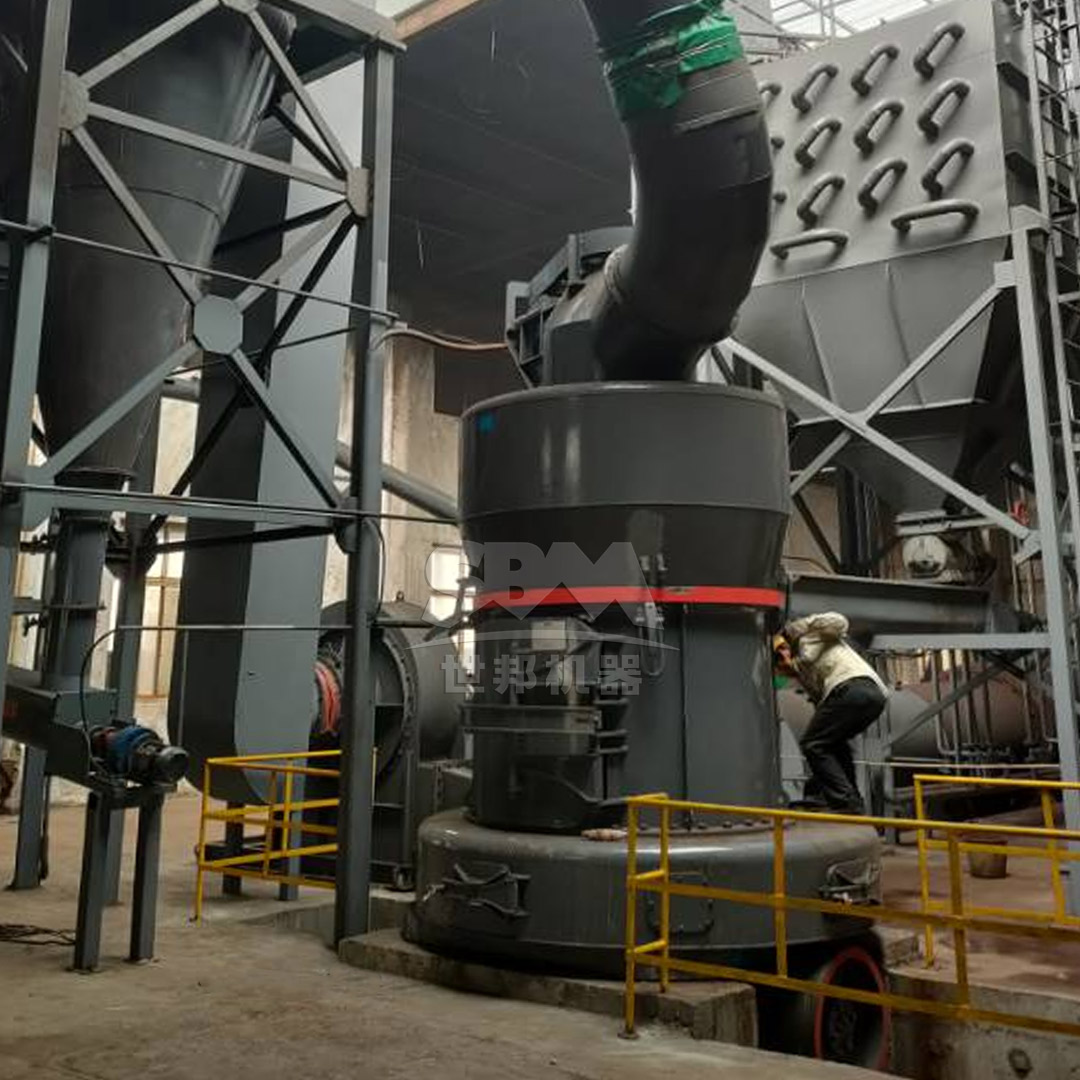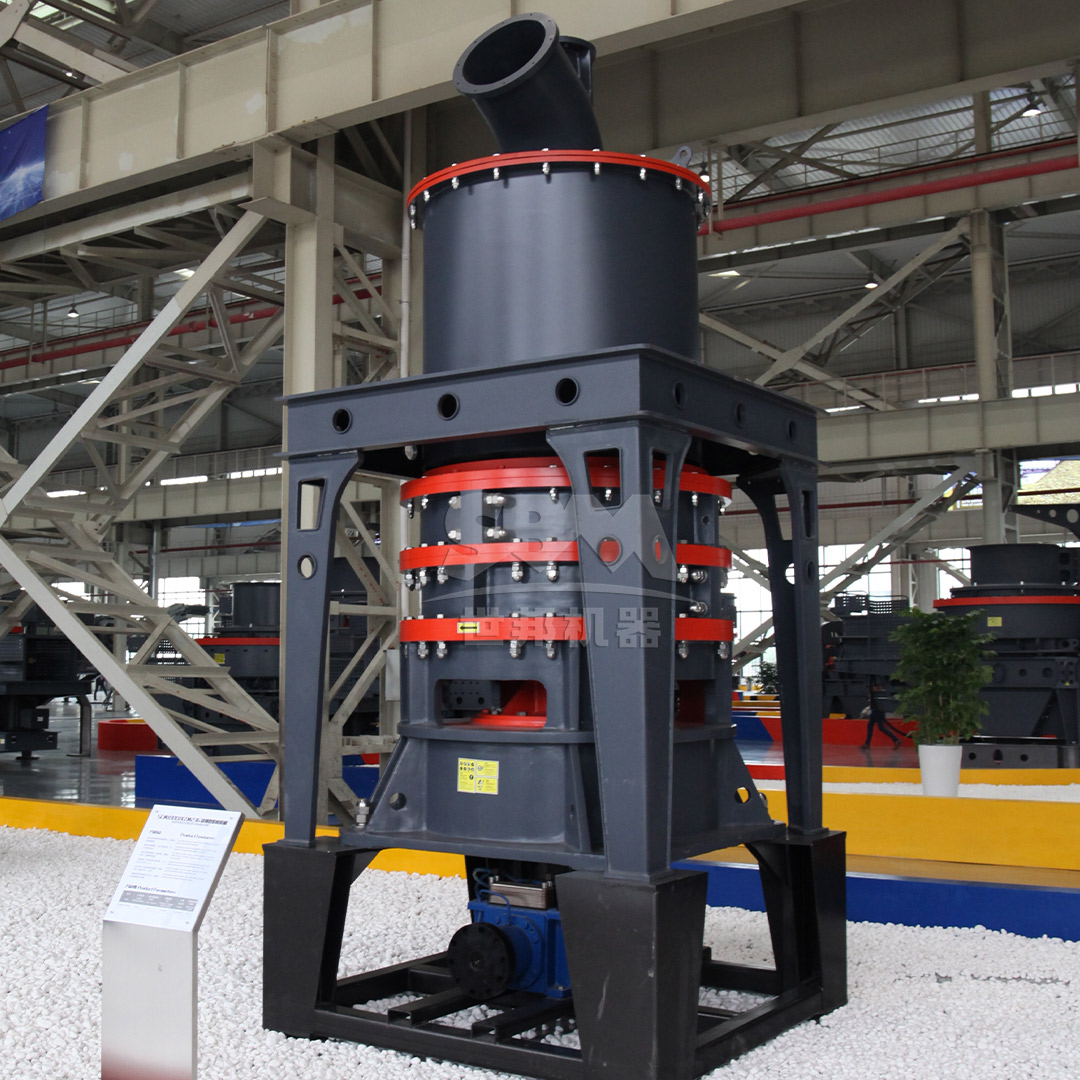The quality of glass production is intrinsically linked to the properties of its raw materials, with limestone being one of the most critical components. The fineness, particle size distribution (PSD), and purity of ground limestone powder directly influence the melting behavior, chemical homogeneity, clarity, and structural integrity of the final glass product. Selecting the appropriate grinding mill is therefore not merely an operational decision but a strategic one that impacts product quality, production efficiency, and overall cost-effectiveness. This article provides a comprehensive guide to navigating the key factors in choosing a limestone grinding mill tailored for the demanding specifications of the glass industry.

Before delving into mill selection, it is essential to understand the target specifications for limestone used in glassmaking.
High-purity limestone (typically >98% CaCO3) is required to prevent discoloration or the formation of defects from impurities like iron oxide, silica, and alumina.
For most glass applications, a fine and consistent powder is necessary to ensure rapid and uniform melting. The target fineness often falls within the range of 200 to 325 mesh (74 to 44 microns) for standard glass, while specialty glasses may require ultrafine grinding down to 5-10 microns (2500-1250 mesh).
A narrow PSD is crucial. A wide distribution, with both very coarse and very fine particles, can lead to segregation during batching and uneven melting. The ideal mill produces a Gaussian distribution curve with a steep slope.
The grinding process itself must not introduce iron contamination, which can cause a greenish tint in glass. This necessitates mills constructed with ceramic or special white iron linings in critical wear parts.
| Glass Type | Typical Limestone Fineness (D97) | Key Quality Parameter |
|---|---|---|
| Container Glass | 100 – 150 μm (140-100 mesh) | Batch Homogeneity |
| Float Glass | 45 – 75 μm (325-200 mesh) | Clarity & Uniformity |
| Fiberglass | 10 – 45 μm (1250-325 mesh) | Melting Rate |
| Optical Glass | 5 – 20 μm (2500-800 mesh) | Ultra-High Purity & Fineness |
Various milling technologies are available, each with distinct advantages and limitations for glass-grade limestone production.
Traditional ball mills are workhorses in mineral processing. They operate by tumbling steel balls inside a rotating cylinder to crush and grind the material.
These mills use cylindrical rollers that rotate against a stationary grinding ring. The material is fed into the center and ground by the rollers’ pressure.

This category includes mills specifically designed to produce powders in the micron and sub-micron range, such as our SCM Ultrafine Mill.
When evaluating mills, consider the following factors systematically.
This is the primary driver. Match the mill’s capability to your target D90 or D97 value. Ultrafine mills are essential for requirements below 45μm. Also, inquire about the mill’s ability to control the top-size (the largest particles in the product) to ensure a narrow distribution.
Balance your hourly or annual production needs with the mill’s throughput. Consider future expansion plans. Our MTW Series Trapezium Mill, for example, offers a wide range of capacities from 3 to 45 tons per hour, making it suitable for both medium and large-scale glass plants.
Grinding is an energy-intensive process. Modern vertical roller mills and ultrafine mills typically offer 30-50% better energy efficiency than traditional ball mills. Calculate the kWh/ton metric for a true comparison of operating costs.
For clear and white glass, this is non-negotiable. Scrutinize the materials used for grinding elements (rollers, rings, liners) and the design of the grinding chamber. Ceramic or specialized alloy components are preferred.
Look beyond the purchase price. Consider the wear rate of consumable parts, the ease and frequency of maintenance, and the availability of spare parts. A mill with a durable design and easy maintenance access will have a lower total cost of ownership.
A modern mill should integrate seamlessly with feeding, classification, and dust collection systems. PLC-based automation ensures consistent product quality, reduces manual intervention, and enhances safety.
Based on the stringent requirements of the glass industry, we highly recommend two of our flagship products.
For manufacturers of high-performance glass such as fiberglass or optical glass, the SCM Ultrafine Mill is the ideal solution. Its core strength lies in its ability to achieve a consistent output fineness of 325-2500 mesh (45-5μm), which is critical for rapid melting and superior homogeneity.

For float glass, container glass, and other applications where a fineness of 30-325 mesh (0.6-0.045mm) is sufficient, the MTW Series Trapezium Mill offers an outstanding balance of performance, reliability, and cost-effectiveness.
Selecting the right limestone grinding mill is a critical investment in the quality and competitiveness of your glass products. The decision must be guided by a clear understanding of your specific fineness requirements, production volume, and purity standards. While traditional ball mills have their place, modern vertical roller mills and specialized ultrafine mills offer significant advantages in efficiency, contamination control, and product quality consistency. For glass producers aiming for superior quality, technologies like our SCM Ultrafine Mill and MTW Series Trapezium Mill provide tailored solutions that ensure your limestone feedstock meets the exacting standards of the modern glass industry, ultimately contributing to clearer, stronger, and more valuable end products.